Omán Magyarországnál háromszor nagyobb szultánság az Arab-félsziget délkeleti peremén. Területéhez tartozik a Hormuzi-szorosra „felügyelő”, egykor Kalózpart néven ismert Muszandam-félsziget. Északnyugaton az Arab Emírségekkel, Délen Jemennel, Nyugaton Szaúd-Arábiaval és a Perzsa-öböllel, Keleten az Arab-tengerrel, Északon az Ománi-öböllel határos. Az országban a hivatalos nyelv az arab, de beszélik még az angolt, az urdut és a hindít. A lakosság 88%-a arab, 3%-a beludzsi, 3%-a perzsa, 3%-a indiai és pakisztáni, 3%-a egyéb népcsoporthoz tartozik. A népesség 94%-a muszlim (60% ibadita, 31% szunnita, 3% síita), 3%-a hindu, 3%-a pedig egyéb vallású.
Oman is an Arab country in southwest Asia on the southeast coast of the Arabian Peninsula. It borders the United Arab Emirates on the northwest, Saudi Arabia on the west and Yemen on the southwest. The coast is formed by the Arabian Sea on the southeast and the Gulf of Oman on the northeast. The Madha and Musandam enclaves are surrounded by the UAE on their land borders, with the Strait of Hormuz and Gulf of Oman forming Mussandams coastal boundaries. Around 75% of the population consists of Ibadhi, a form of Islam distinct from the Sunni and Shia denominations, 17% constitute Sunni Muslims, with Imami Shia Muslims and the Zikri forming the remaining 8% of the indiginous population, originating from Bahrain, Iran and the Ahsa province of Saudi Arabia, integrating well with the community, concentrated in the capital area and along the northern coast. The Oman government does not keep statistics on religious affiliation, but most citizens are Muslims.
A képek forrása / Pictures from here

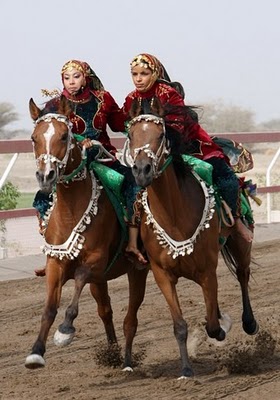



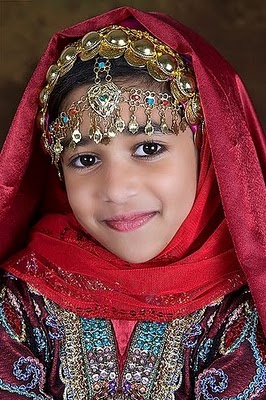
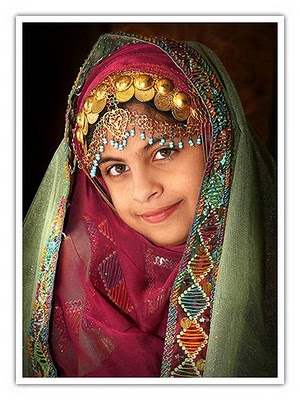
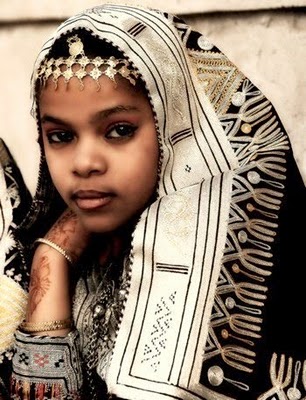



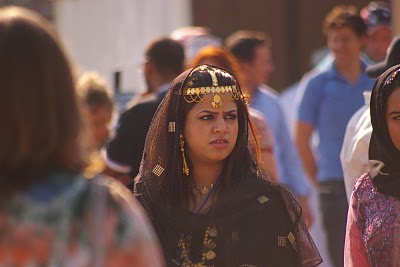
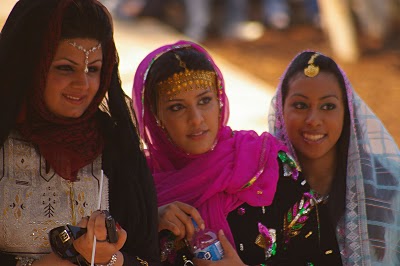


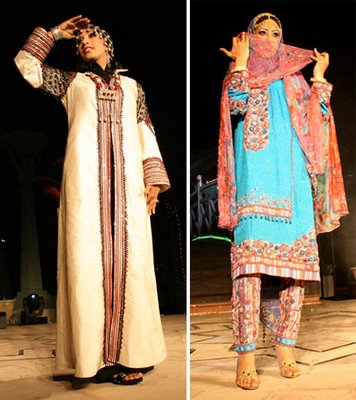

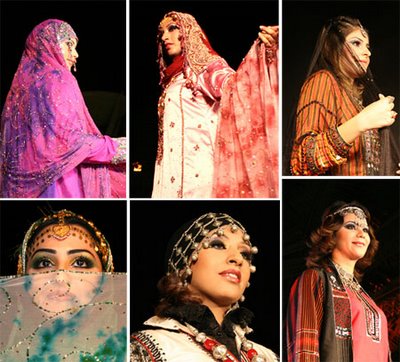
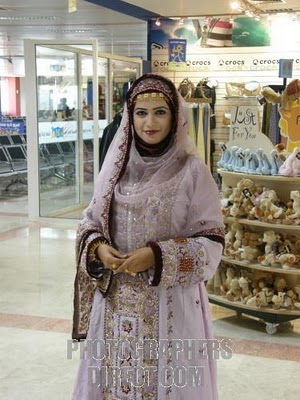



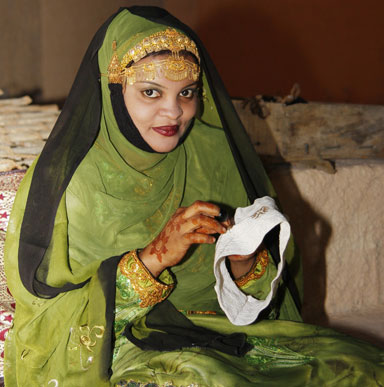




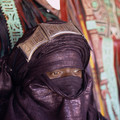



Utolsó kommentek